-
 Fiber Optic Light-Honeycomb Star Ceiling Panel
Fiber Optic Light-Honeycomb Star Ceiling Panel -
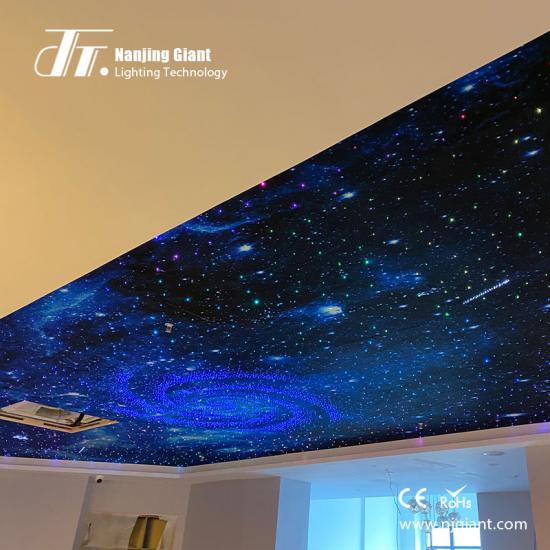 Fiber Optic Starry Sky Light-Inkjet Panel
Fiber Optic Starry Sky Light-Inkjet Panel -
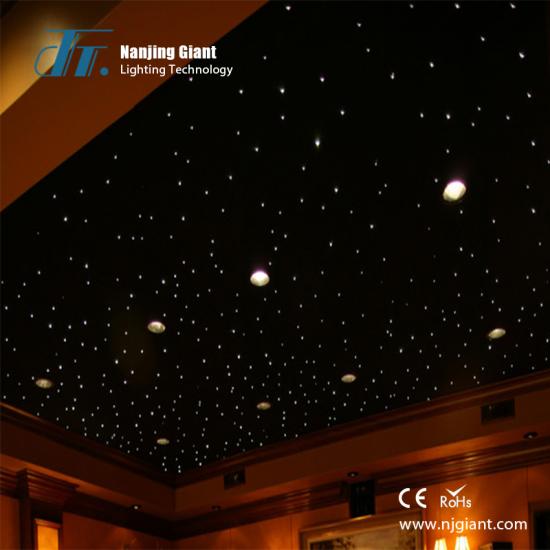 Hydra Starry Sky Ceiling Panel
Hydra Starry Sky Ceiling Panel -
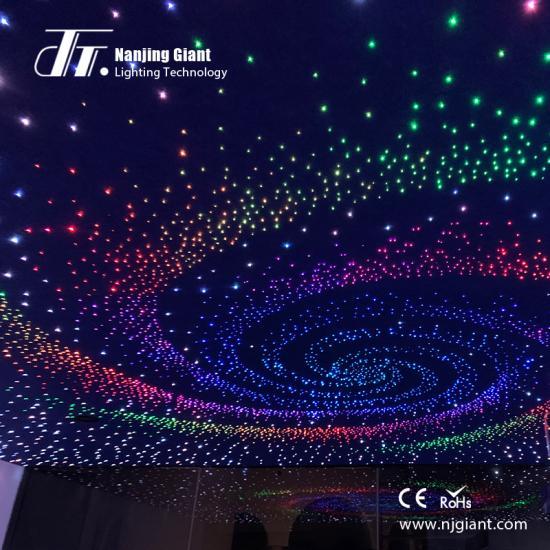 Fiber Optic Star Light Traditional Installation
Fiber Optic Star Light Traditional Installation -
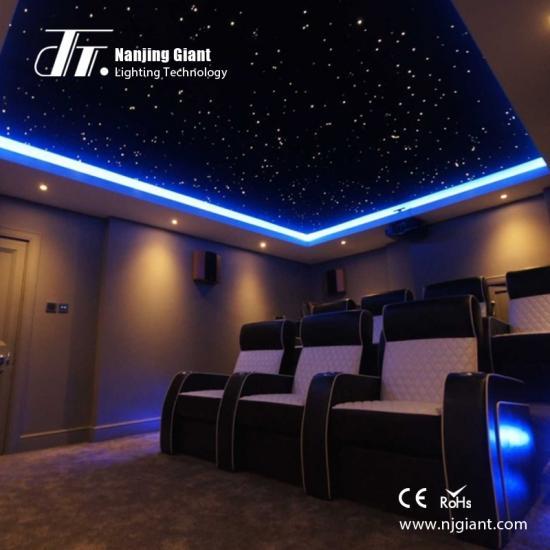 Fiber Optic Standard Starlight Ceiling Panel
Fiber Optic Standard Starlight Ceiling Panel -
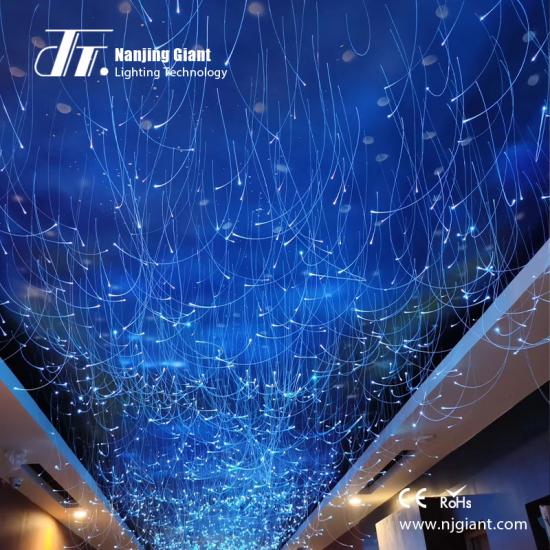 Fiber Optic Hanging Light Star Ceiling Panel
Fiber Optic Hanging Light Star Ceiling Panel -
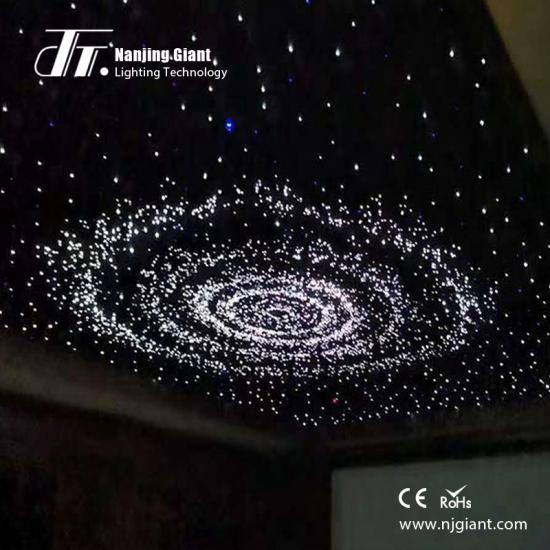 Fiber Optic Star Ceiling Custom Pattern
Fiber Optic Star Ceiling Custom Pattern -
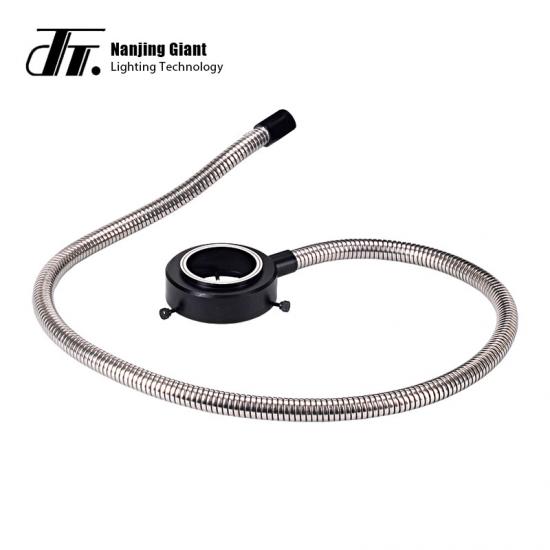 Optical Fiber Ring Light Guide
Optical Fiber Ring Light Guide
Fiber optic lighting is a lighting method that transmits light from a light source generator to a designated area through an optical fiber. It has the following characteristics:
1) Due to the characteristics of optical fibers and the principle of straight-line propagation of light, optical fibers can theoretically propagate light anywhere, which satisfies the diversity of practical applications.
2) We can obtain the light of various colors we need through the filter device to meet the needs of light color in different environments.
3) Lighting is transformed from abstraction to visualization through the design and installation of optical fiber end fittings. Fiber optic lighting gives light texture, a sense of space, and even life and character.
4) Optical fiber lighting achieves photoelectric separation, which is a qualitative leap, which not only improves the safety performance, but also greatly broadens the application field.
5) The light color of the plastic fiber optic lighting system is soft and there is no light pollution. Plastic optical fiber decorative lighting changes the color of the light source by filtering the spectrum. After passing through the optical fiber, the color is softer and purer, and the visual effect is very prominent.
6) The spectrum generated by a general light source includes not only visible light, but also infrared and ultraviolet. In some special occasions, both infrared and ultraviolet are avoided, such as cultural relics lighting. Since the low-loss window of the plastic optical fiber is located in the visible spectrum, the transmittance of infrared and ultraviolet is very low, and the special treatment of the light source machine is added, so the light emitted from the optical fiber is cold light without infrared and ultraviolet.
Due to the many characteristics of fiber optic lighting, it has a wide range of applications. Now, its typical applications are analyzed and explained according to different places of use and effects.
1) The desktop lighting of the video conference adopts a terminal light-emitting system, equipped with a condensing lens-type light-emitting terminal accessory to illuminate vertically from the top, forming a point-like light spot on the desktop, which is suitable for participants to read and write without affecting the progress of the slide projection explanation (in general lighting when the light is turned off or dimmed).
2) the effect lighting placed in the place with high top, difficult to maintain or can not bear the load, the end lighting system is used for the star shape of the tall dome in the hotel lobby, with the divergent light lens type crystal end piece and the rotating glass color wheel , which can form a dynamic effect of sparkling stars, which is comparable to non-general lighting systems.
3) Underwater fiber optic lighting of outdoor fountains The terminal lighting system is used, equipped with underwater terminals, which are used for underwater lighting of outdoor fountains, and the light output and light color transformation can be controlled synchronously by the audio signal output from the audio system. Its lighting effect and safety are better than ordinary low-voltage underwater lighting systems, and it is easy to maintain and has no danger of leakage.
4) Local lighting of buildings and cultural relics The end lighting system is used, and the condensing lens type or diverging lens type lighting terminal accessories (glass fiber optic light guide) are used for indoor local lighting. For example, the local lighting of silk cultural relics, painting cultural relics or printed cultural relics that have special control requirements for temperature and humidity, ultraviolet rays and infrared rays in the museum, all use fiber optic lighting systems.



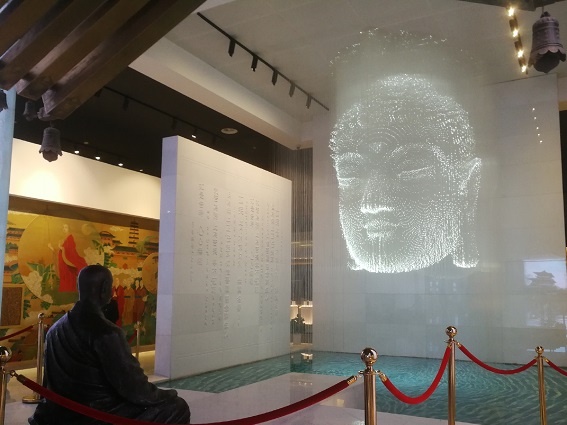
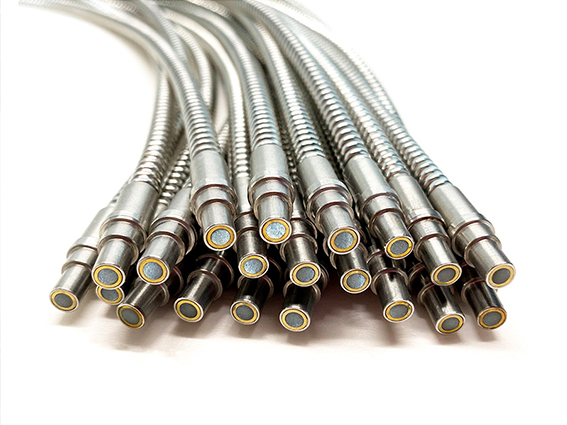
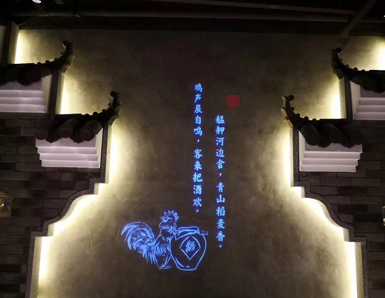
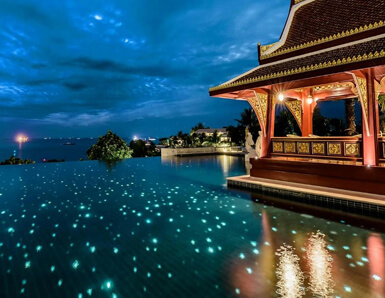







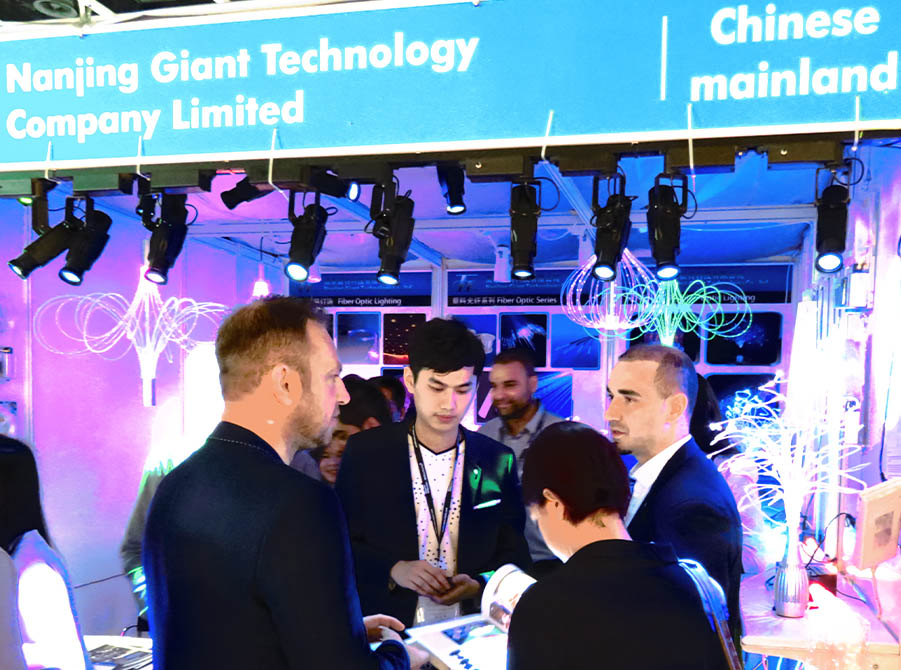
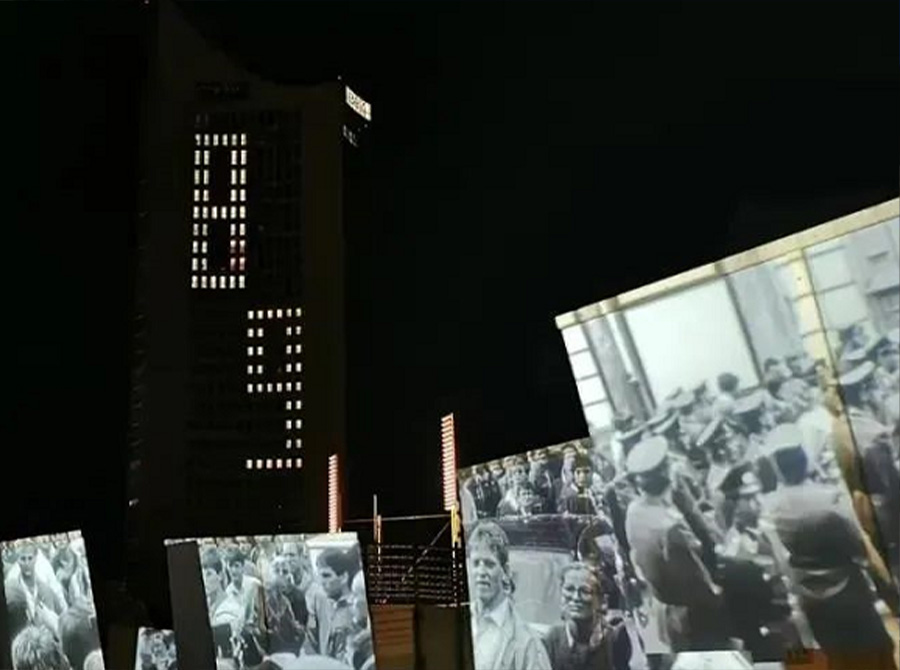
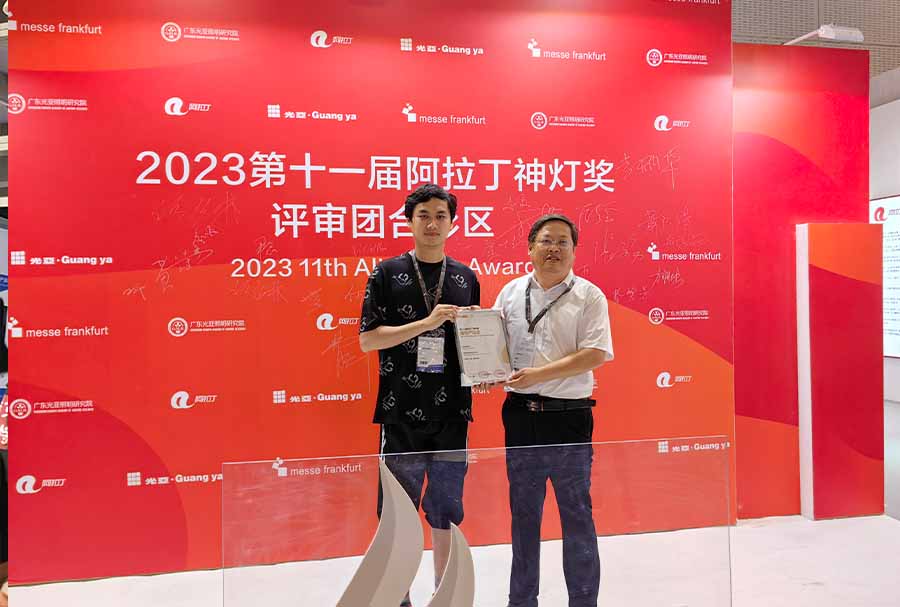

 IPv6 network supported
IPv6 network supported